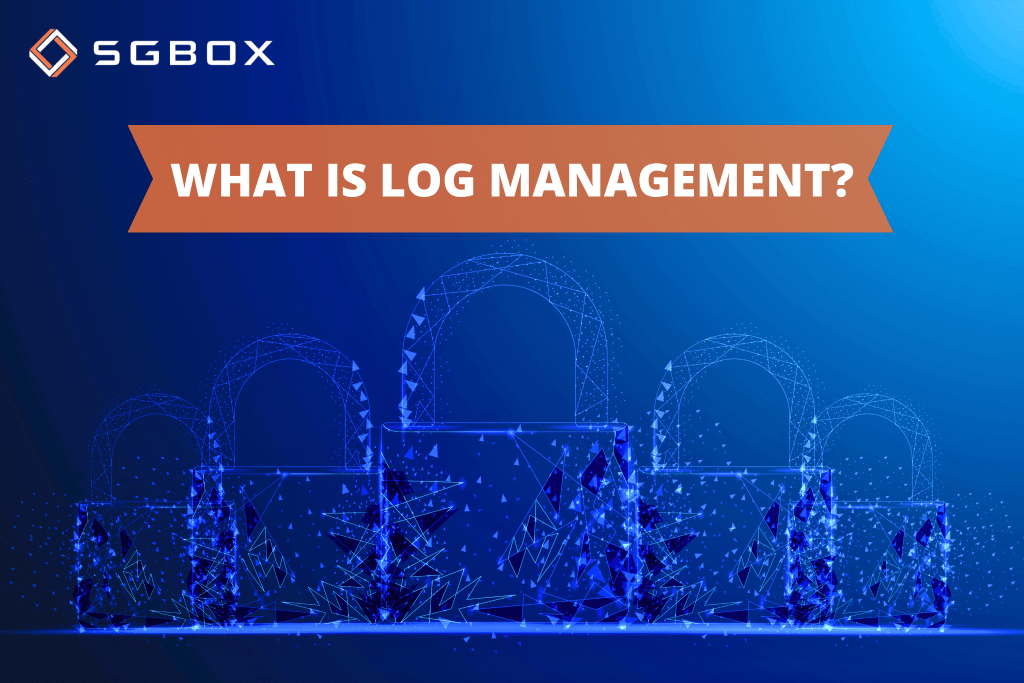What is Log Management: features and regulatory obligations

What is Log Management?
Log Management is the process of collecting, analyzing, and archiving logs generated by an organization’s various computer systems.
These logs, or records, are files that contain detailed information about the activities occurring within a system, such as access attempts, data modifications, system errors, and much more.
The goal of Log Management is to ensure that this information is available, accessible, and usable to monitor and improve the organization’s cyber security.
What are Logs?
Logs are automatic records created by computer systems documenting a series of events that occurred over a specific period.
These events can pertain to user access, system operations, errors, transactions, and much more.
Each log contains specific information such as the date and time of the event, the user involved, the action performed, and the outcome of the operation.
There are various types of logs, each serving a specific function. Here is a list of the main types of logs and their descriptions:
SYSTEM LOGS
System logs are generated by the operating system and its components. These logs record events such as system startup and shutdown, service start and stop, and system errors.
They are crucial for monitoring the stability and performance of the operating system.
Examples:
- Startup logs: document processes and services started during system boot.
- Shutdown logs: record processes and services terminated during system shutdown.
- Error logs: report system errors that may affect performance and stability.
SECURITY LOGS
Security logs document events related to cyber security, such as successful and failed access attempts, changes to user permissions, and suspicious activities. These logs are essential for detecting and preventing security breaches.
Examples:
- Access logs: record attempts to access the system, both successful and failed.
- Authentication logs: document user authentication processes, including credential changes.
- Authorization logs: record changes to user permissions and roles.
APPLICATION LOGS
Application logs are generated by software applications and record events specific to the application itself.
These logs help monitor application performance, diagnose issues, and ensure applications function correctly.
Examples:
- Application error logs: report application-specific errors that may affect performance.
- Activity logs: document operations performed by the application, such as transactions, queries, and updates.
- Performance logs: monitor resource usage and application performance.
NETWORK LOGS
Network logs document network traffic and events related to communication between devices within a network.
These logs are crucial for network management, diagnosing connectivity issues, and ensuring network security.
Examples:
- Firewall logs: record blocked and allowed traffic through the firewall, including source and destination IP addresses.
- Router logs: document network traffic managed by the router, including sent and received packets.
- Network access logs: record attempts to connect to the network, including successful and failed access.
DATABASE LOGS
Database logs record all operations performed on data within a database, including data insertions, modifications, and deletions.
These logs are essential for ensuring data integrity and restoring the database in case of failures.
Examples:
- Transaction logs: document all transactions executed in the database, including insertions, modifications, and deletions.
- Database error logs: report database-specific errors that may affect integrity and performance.
- Database access logs: record attempts to access the database, both successful and failed.
AUDIT LOGS
Audit logs document all activities relevant for regulatory compliance and security checks. These logs are crucial for demonstrating compliance with regulations and providing evidence during audits.
Examples:
- Control logs: record all changes to system configurations and security policies.
- Review logs: document data and configuration review activities.
- Compliance logs: report events relevant to regulatory compliance, such as GDPR.
EVENT LOGS
Event logs are a more general category that includes all types of logs documenting specific events within a system. These logs provide a comprehensive view of activities and changes within the system.
Examples:
- System event logs: document significant events within the operating system and applications.
- Security event logs: record events relevant to cybersecurity.
- Network event logs: document events related to network communication and data traffic.
Log Management and Regulatory Compliance
One of the most critical aspects of Log Management is its importance for regulatory compliance.
Data protection and cyber security regulations require companies to store and manage logs appropriately.
Let’s see how Log Management relates to some of the major regulations.
Log Management and GDPR
The General Data Protection Regulation (GDPR) is one of the strictest regulations regarding privacy and personal data protection.
The GDPR requires companies to protect the personal data of European Union citizens and maintain detailed documentation of data processing operations.
Log Management is fundamental for demonstrating GDPR Compliance, as it allows tracking all activities on personal data, identifying any breaches, and providing evidence in case of audits.
Log Management and System Administrators’ Decree
The System Administrators’ Decree requires the recording of accesses made by administrators (access logs), indicating the time interval and the event description.
This is essential to prevent and identify fraud and illegal activities. Log Management ensures that these records are securely maintained and accessible, facilitating audits and checks by competent authorities.
Log Management and NIS2
The NIS2 Directive (Network and Information Systems) is a European regulation imposing stricter security measures for the networks and information systems of critical infrastructures.
Companies operating in sectors such as energy, transportation, healthcare, and digital infrastructure must adopt minimum measures for managing cyber security risks to ensure the security of their networks.
Log Management is essential for monitoring network activities, detecting anomalies, and responding promptly to security incidents.
Benefits of Log Management for Companies
Implementing a Log Management system offers numerous benefits for SMEs, including:
- Improved security: constantly monitoring logs helps detect and respond quickly to security incidents.
- Regulatory compliance: proper Log Management facilitates compliance with data protection and cybersecurity regulations.
- Optimization of IT operations: analyzing logs allows identifying inefficiencies and issues in IT systems, improving overall performance.
- Fraud prevention: detailed activity records help identify and prevent fraudulent behavior.
- Audit and investigations: in case of audits or investigations, logs provide crucial evidence of operations and security measures adopted.
Log Management and SIEM
Security Information and Event Management (SIEM) is an advanced technology integrating Log Management with other security features, such as event analysis and threat detection.
A SIEM system collects and analyzes logs from various sources, correlating events to identify potential threats and anomalies.
This integration provides comprehensive visibility into corporate security, enhancing the ability to detect and respond effectively to incidents.
Log Management by SGBox
The Log Management module of the SGBox Platform allows you to collect logs from any IT device and manage them in compliance with privacy regulations.
SGBox protects all information through encryption and timestamping, a fundamental aspect for ensuring compliance with current regulations and providing companies with a competitive advantage in managing cyber security activities.




